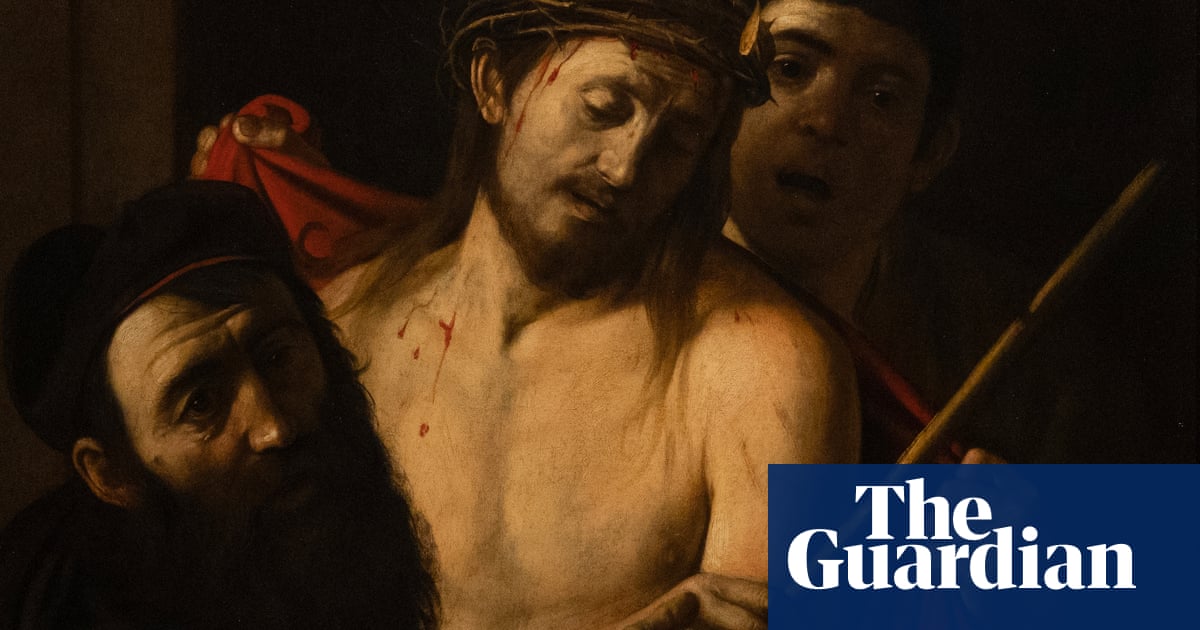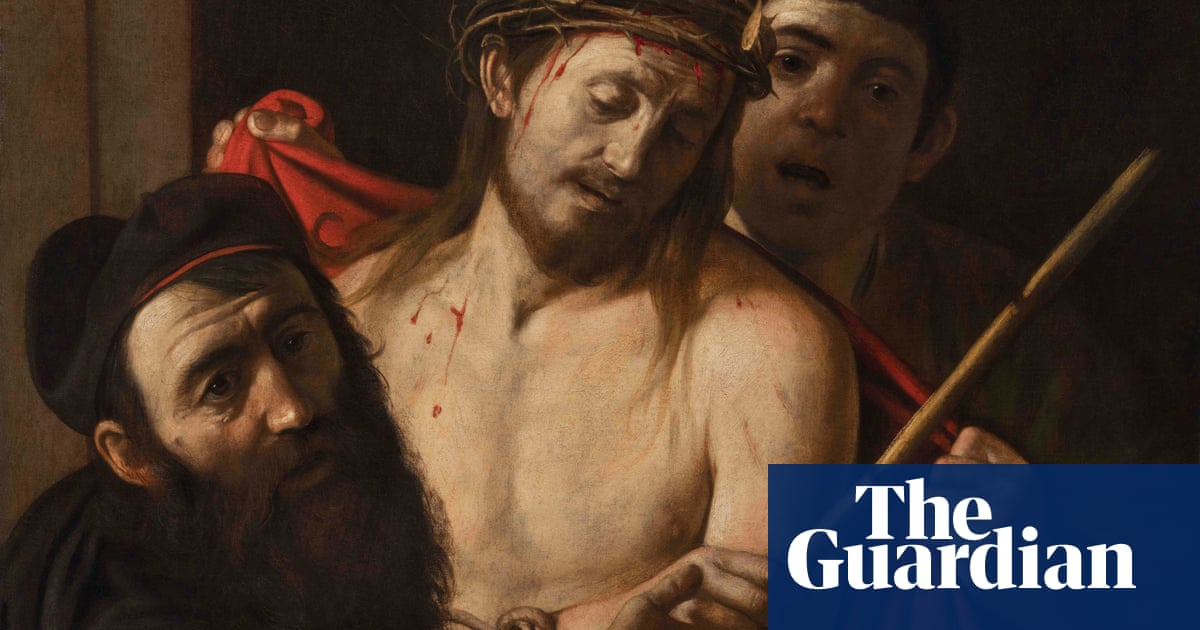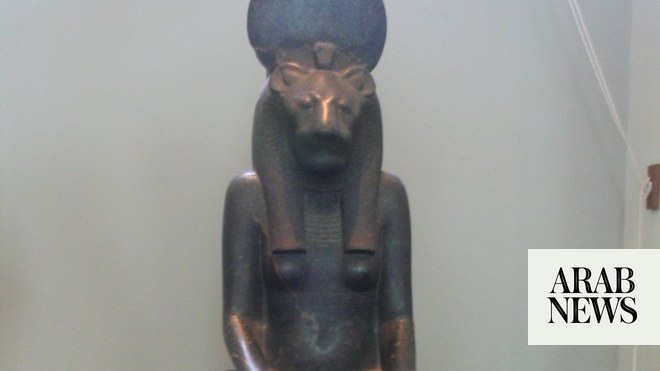
Four centuries after it was painted, three and a half centuries after it arrived in Spain and three years after it came perilously close to going under the hammer for just €1,500, a lost, luminous and lovingly restored Caravaggio has gone on display at the Prado in Madrid.
The Ecce Homo, painted in the Italian master’s dark and desperate last years, made headlines around the world after experts at the museum spotted it in an auction catalogue and rang Spain’s culture ministry to share their suspicions that the painting had been misattributed.
Despite it being billed as the work of the circle of the 17th-century Spanish artist José de Ribera, the specialists were pretty sure it had in fact sprung from the brushes of Michelangelo Merisi da Caravaggio.
After the culture ministry slapped an export ban on the piece, experts undertook a painstaking examination and restoration of the 111cm by 86cm painting.
Earlier this month, the work was finally authenticated as a Caravaggio and the Prado announced that the painting – which was bought from the family that had owned it for generations by an anonymous purchaser for an undisclosed sum – would go on show at the museum until mid-October.
It has since transpired that the work was initially owned by Spanish viceroys in Naples, from whom it passed into the collection of King Philip IV. In 1823, it came into the hands of the Pérez de Castro family, from whose descendants it was bought by the current owner. According to Spanish media reports, the owner is a British national who lives in Spain and who paid €36m for the Caravaggio.
From Tuesday, visitors to the museum will be able to see a scourged and sorrowful Christ, a harried and vacillating Pontius Pilate, and a Roman soldier clutching a robe as red as the blood that trickles from the crown of thorns.
The Prado described the painting – one of only about 60 known works by the artist – as “one of the greatest discoveries in the history of art”. As the museum’s president, Javier Solana, pointed out on Monday morning, it is not every day that a Caravaggio turns up.
David García Cueto, the Prado’s head of pre-1800 Italian and French painting, said the Ecce Homo spoke of Caravaggio’s fugitive final years, when he fled Rome to avoid possible execution after fatally wounding a pimp in a fight in 1606 and travelled to Naples, Sicily and Malta.
He added that as well as providing a dialogue with the Prado’s other Ecce Homos – by the likes of Titian and Murillo – the newly found painting offered a fascinating comparison with Caravaggio’s David with the Head of Goliath, painted around 1600, which is part of the Prado’s permanent collection.
“Visitors will have the opportunity to see two paintings by Caravaggio – displayed only a few feet apart – that were painted within six to nine years of each other: David and Goliath and this Ecce Homo,” he said. “We can look at his David, painted when Caravaggio was about 30, and then look at how, over the course of those six to nine years, his style leaped forwards, becoming much more expressionist, bold and intense.”
If Caravaggio’s genius, mastery of chiaroscuro and use of ordinary people, including sex workers, as models have guaranteed his immortality, his day-to-day activities earned him notoriety in his own lifetime. His one-man fusion of the sacred and the profane has attracted the creative attentions of everyone from Derek Jarman to Álvaro Enrigue, and the artist’s violent and dissolute existence cast its shadow over the recent Netflix adaptation of Patricia Highsmith’s The Talented Mr Ripley.
Caravaggio was known to be cocky, quarrelsome and dangerously fond of carrying an illegal blade. As one of his early biographers noted, the painter, whose life ended in exile and amid the constant fear that he like, so many of his subjects, would suffer a bloody end, was always happy to go looking for trouble.
“After a fortnight’s work he will swagger about for a month or two with his sword at his side and with a servant following him, from one ball-court to the next, ever ready to engage in a fight or argument, with the result that it is most awkward to get along with him,” the Flemish painter and author Karel van Mander wrote in 1604.












